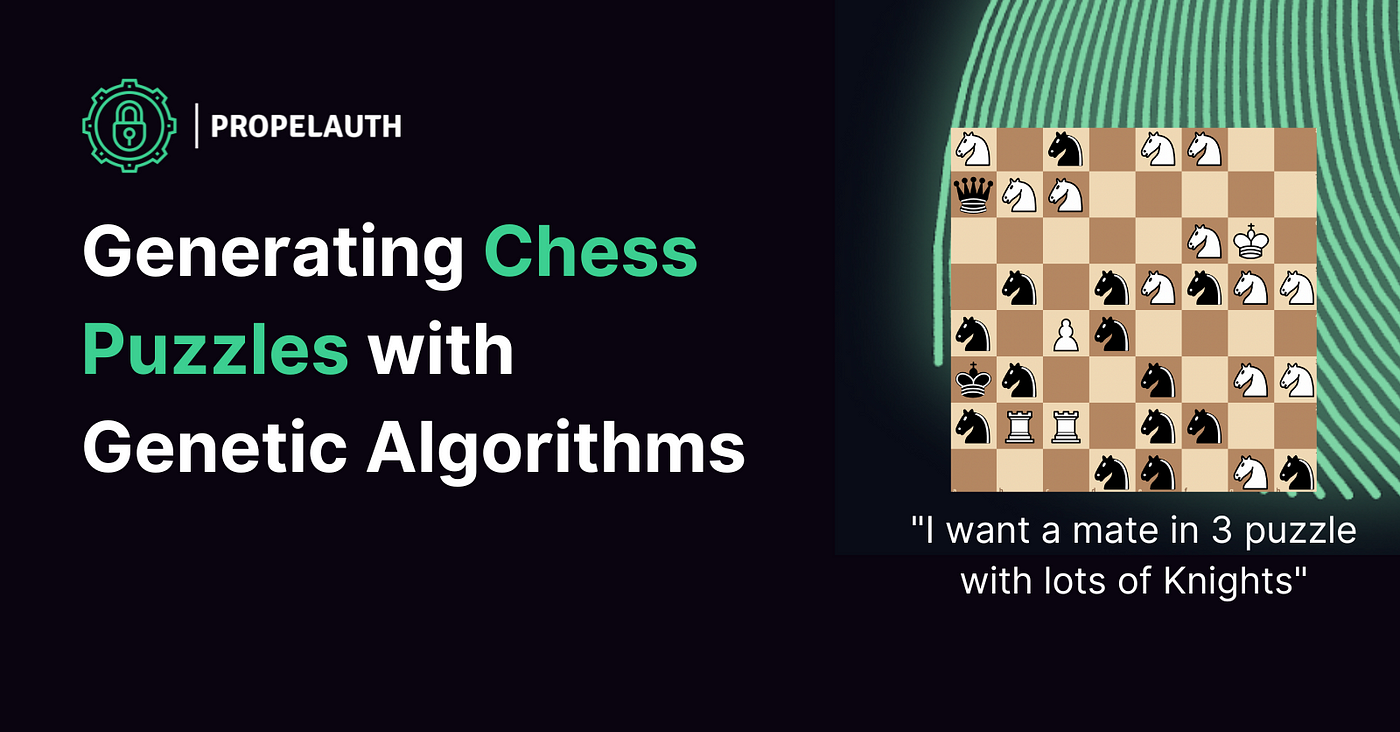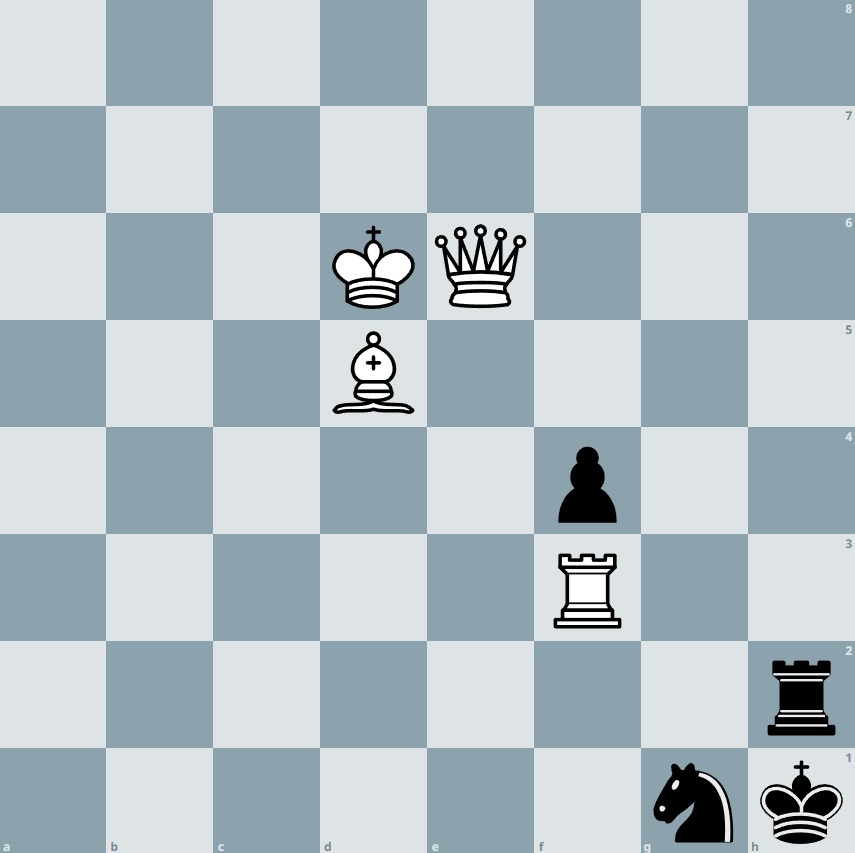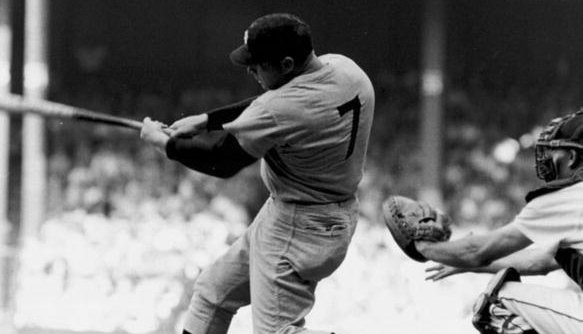Vertical Castling in Chess? A Puzzle that Forced FIDE to Change
Descrição
Today I will show you a funny chess puzzle that forced FIDE to change the rules of chess. No doubt chess players are very ingenious people… And many times their ingenuity goes too far! ☉ However, if you are really serious about chess, you should take a study plan which let you know how to train properly to become a very good chess player. Get ready to be amused by a chess puzzle so tricky that it forced the World Chess Federation to change the rules of chess. In 1972, Tim Kraber composed a checkmate in three moves puzzle that seemed impossible to solve until he found a hilarious solution. The puzzle involves a unique castling move that Kraber coined as “very long, vertical castling,” which led to a change in the chess rules. In this article, we’ll explore this funny puzzle and its solution while also providing a classical chess puzzle to test your tactics. Here is the starting position. White to play If you’re curious about this puzzle, feel free to take some time and try to solve it. Although it is indeed tricky, It is a mate in 3 puzzle. To make things easy for you, I will make the first moves. The first move is e7 for white and strongest response for black is Kxf3 Try to solve the puzzle yourself. The solution is unorthodox. SOLUTION I’ll try to figure it out together. The second move of the solution is to promote the pawn into a rook. Black then has only two possible moves: either move the king or move the pawn. Since all the other pawns are blocked, if they move the pawn, the solution is simple and elegant: we just castle inside and deliver a checkmate. However, what if black plays a sneaky move and moves the Kg2, trying to run away with their king? At first, it seems there is no solution. But Tim Kraber came up with a funny solution that forced the World Chess Federation to change the rules of chess. According to the definition of castling, castling is a move that moves the king two squares towards the rook, and the rook takes the square that the king has crossed. Kraber applied this logic and stated that white can make not only the long or short castling but also a very long, vertical castling. The king moves two squares forward, and the rook takes the square that the king has crossed. This would be a castling and a checkmate. The puzzle is beautiful because, in both lines, white delivers checkmate by castling. But in one case, it was a four-castling or a very long castle. It’s crazy to think that Kraber found this loophole in the chess rules and even forced the World Chess Federation to update the rules and say that you can only make it along the first rank and you cannot make vertical castling. In conclusion, chess is a game that requires strategic thinking and tactical skills. The puzzle composed by Tim Kraber in 1972 is a testament to the creativity and ingenuity required to master the game. Although it forced the World Chess Federation to update the rules of the game, it remains a funny and enjoyable puzzle to solve. We hope you had fun exploring this puzzle and testing your chess skills. Keep practicing and improving your game, I hope you enjoyed this puzzle. Wishing you all the best. You can find the PGN of these puzzles below
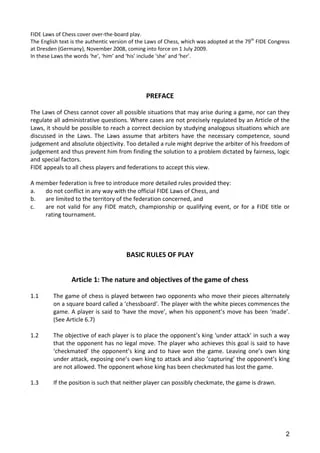
Laws ofchess

List of chess variants - Wikipedia
What single rule change would completely change how chess is
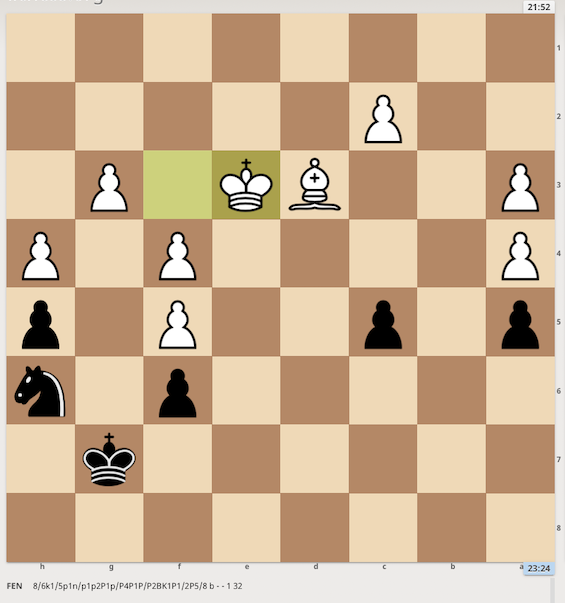
Waterville Chess Club
vertical chess : r/AnarchyChess

Rules of Chess
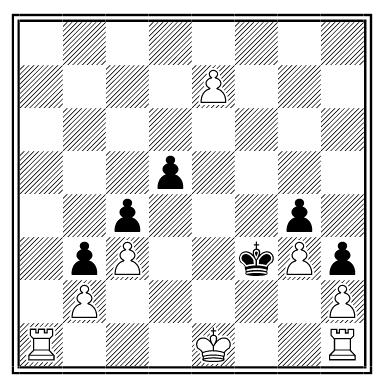
Outside the Box - Futility Closet

The puzzle which forced FIDE to change the rules of chess - mate
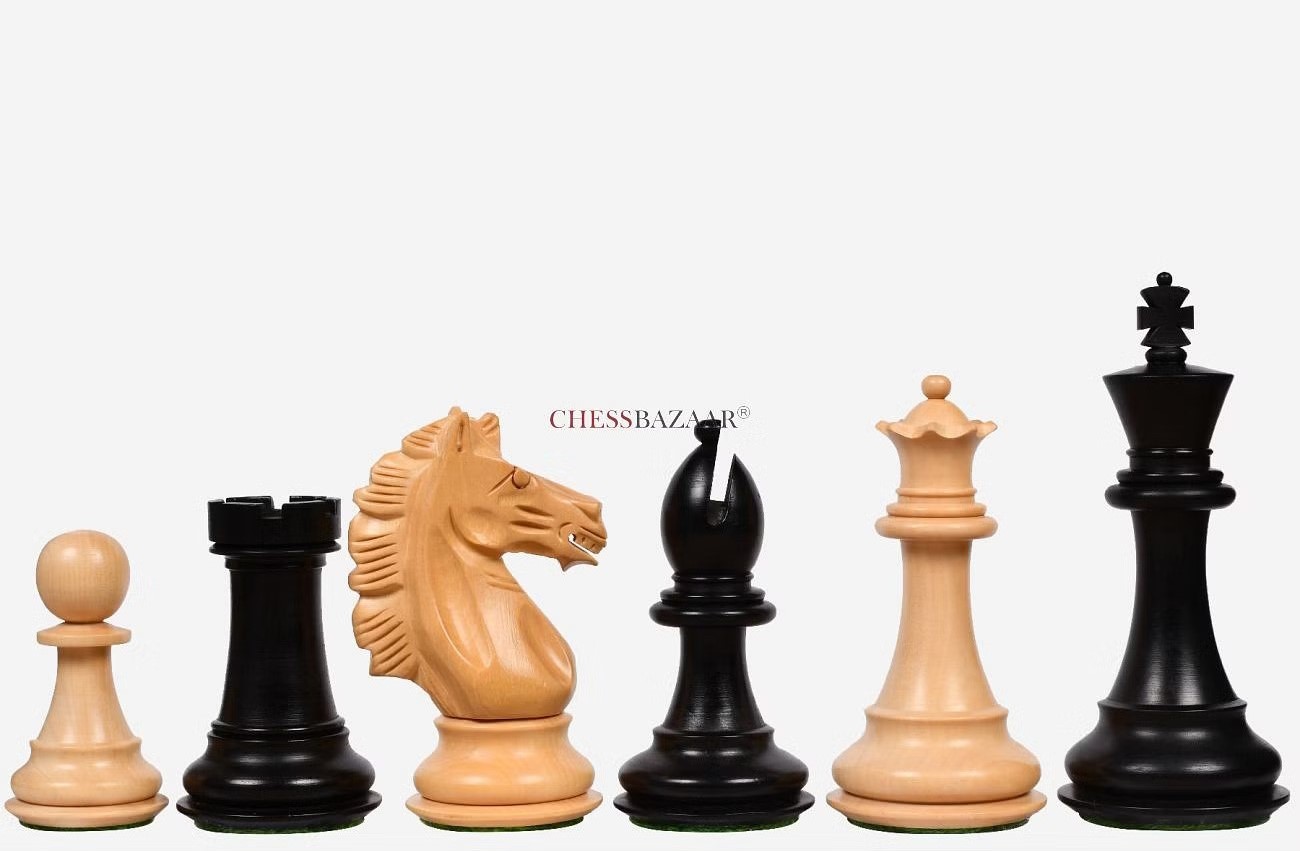
Blog on Chess Archives - chessbazaar Blog
Why are chess puzzles so difficult? Are there any tricks to help

Tim Krabbé invented this puzzle in 1972 which was meant to be a
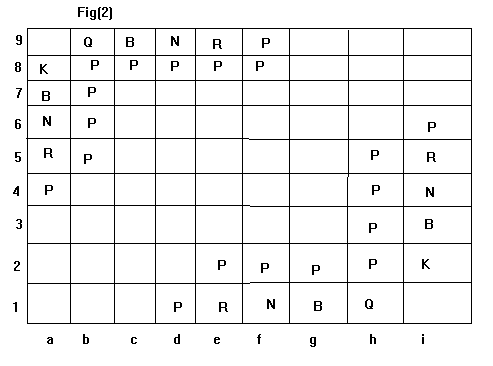
9x9 Squares Rotating Chess
PUZZLE: White to mate in one. : r/AnarchyChess
de
por adulto (o preço varia de acordo com o tamanho do grupo)


